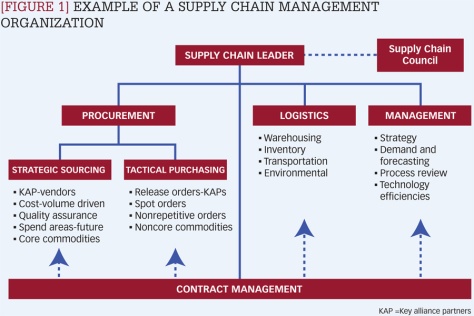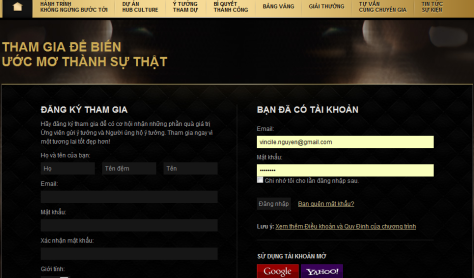When the theory of emotional intelligence at work began to receive widespread attention, we frequently heard executives say—in the same breath, mind you—“That’s incredible,” and, “Well, I’ve known that all along.” They were responding to our research that showed an incontrovertible link between an executive’s emotional maturity, exemplified by such capabilities as self-awareness and empathy, and his or her financial performance. Simply put, the research showed that “good guys”—that is, emotionally intelligent men and women—finish first.
We’ve recently compiled two years of new research that, we suspect, will elicit the same kind of reaction. People will first exclaim, “No way,” then quickly add, “But of course.” We found that of all the elements affecting bottom-line performance, the importance of the leader’s mood and its attendant behaviors are most surprising. That powerful pair set off a chain reaction: The leader’s mood and behaviors drive the moods and behaviors of everyone else. A cranky and ruthless boss creates a toxic organization filled with negative underachievers who ignore opportunities; an inspirational, inclusive leader spawns acolytes for whom any challenge is surmountable. The final link in the chain is performance: profit or loss.
Our observation about the overwhelming impact of the leader’s “emotional style,” as we call it, is not a wholesale departure from our research into emotional intelligence. It does, however, represent a deeper analysis of our earlier assertion that a leader’s emotional intelligence creates a certain culture or work environment. High levels of emotional intelligence, our research showed, create climates in which information sharing, trust, healthy risk-taking, and learning flourish. Low levels of emotional intelligence create climates rife with fear and anxiety. Because tense or terrified employees can be very productive in the short term, their organizations may post good results, but they never last.
Our investigation was designed in part to look at how emotional intelligence drives performance—in particular, at how it travels from the leader through the organization to bottom-line results. “What mechanism,” we asked, “binds the chain together?” To answer that question, we turned to the latest neurological and psychological research. We also drew on our work with business leaders, observations by our colleagues of hundreds of leaders, and Hay Group data on the leadership styles of thousands of executives. From this body of research, we discovered that emotional intelligence is carried through an organization like electricity through wires. To be more specific, the leader’s mood is quite literally contagious, spreading quickly and inexorably throughout the business.
We’ll discuss the science of mood contagion in more depth later, but first let’s turn to the key implications of our finding. If a leader’s mood and accompanying behaviors are indeed such potent drivers of business success, then a leader’s premier task—we would even say his primal task—is emotional leadership. A leader needs to make sure that not only is he regularly in an optimistic, authentic, high-energy mood, but also that, through his chosen actions, his followers feel and act that way, too. Managing for financial results, then, begins with the leader managing his inner life so that the right emotional and behavioral chain reaction occurs.
Managing one’s inner life is not easy, of course. For many of us, it’s our most difficult challenge. And accurately gauging how one’s emotions affect others can be just as difficult. We know of one CEO, for example, who was certain that everyone saw him as upbeat and reliable; his direct reports told us they found his cheerfulness strained, even fake, and his decisions erratic. (We call this common disconnect “CEO disease.”) The implication is that primal leadership demands more than putting on a game face every day. It requires an executive to determine, through reflective analysis, how his emotional leadership drives the moods and actions of the organization, and then, with equal discipline, to adjust his behavior accordingly.
That’s not to say that leaders can’t have a bad day or week: Life happens. And our research doesn’t suggest that good moods have to be high-pitched or nonstop—optimistic, sincere, and realistic will do. But there is no escaping the conclusion that a leader must first attend to the impact of his mood and behaviors before moving on to his wide panoply of other critical responsibilities. In this article, we introduce a process that executives can follow to assess how others experience their leadership, and we discuss ways to calibrate that impact. But first, we’ll look at why moods aren’t often discussed in the workplace, how the brain works to make moods contagious, and what you need to know about CEO disease.
No Way! Yes Way
When we said earlier that people will likely respond to our new finding by saying “No way,” we weren’t joking. The fact is, the emotional impact of a leader is almost never discussed in the workplace, let alone in the literature on leadership and performance. For most people, “mood” feels too personal. Even though Americans can be shockingly candid about personal matters—witness the Jerry Springer Show and its ilk—we are also the most legally bound. We can’t even ask the age of a job applicant. Thus, a conversation about an executive’s mood or the moods he creates in his employees might be construed as an invasion of privacy.





